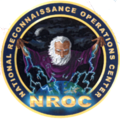
The National Reconnaissance Office (NRO) is a member of the United States Intelligence Community and an agency of the United States Department of Defense which designs, builds, launches, and operates the reconnaissance satellites of the U.S. federal government. It provides satellite intelligence to several government agencies, particularly signals intelligence (SIGINT) to the NSA, imagery intelligence (IMINT) to the NGA, and measurement and signature intelligence (MASINT) to the DIA. The NRO announced in 2023 that it plans within the following decade to quadruple the number of satellites it operates and increase the number of signals and images it delivers by a factor of ten.

ISTAR stands for intelligence, surveillance, target acquisition, and reconnaissance. In its macroscopic sense, ISTAR is a practice that links several battlefield functions together to assist a combat force in employing its sensors and managing the information they gather.

The 480th Intelligence, Surveillance, and Reconnaissance Wing is headquartered at Langley Air Force Base, Virginia.
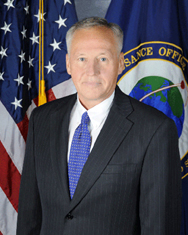
Bruce Allen Carlson, was the 17th Director of the National Reconnaissance Office (NRO). He is a former four-star general in the United States Air Force and served as the sixth Commander, Air Force Materiel Command, Wright-Patterson Air Force Base, Ohio. The command conducts research, development, test and evaluation, and provides acquisition management services and logistics support necessary to keep Air Force weapon systems ready for war. After over 37 years of service, he retired from the Air Force on January 1, 2009. Carlson served as a general authority and a member of the Second Quorum of the Seventy of the Church of Jesus Christ of Latter-day Saints from April 2009 to October 2015.

The 6th Space Operations Squadron is an Air Force Reserve satellite command and control squadron located at Schriever Space Force Base, Colorado. The squadron is a backup to NOAA for Defense Meteorological Satellite Program operations.

The United States Space Force's 4th Space Operations Squadron is a satellite operations unit located at Schriever Space Force Base, Colorado. 4 SOPS is part of Space Delta 8 and responsible for command and control of the Milstar/Advanced Extremely High Frequency, Defense Satellite Communications System Phase III, and Wideband Global SATCOM satellite constellations. The 4th Space Operations Squadron's mission is to operate the Space Force's protected and wideband MILSATCOM systems. They provide warfighters global, secure, survivable, strategic and tactical communication during peacetime and throughout the full spectrum of conflict. The squadron also operates three mobile constellation control stations at various locations in conjunction with host partners. At higher readiness levels and during exercises, these personnel deploy with U.S. Strategic Command and U.S. Northern Command respectively.

The United States Air Force's 119th Command and Control Squadron is a space control unit located at McGhee Tyson ANGB, Tennessee. The unit augments the operations of USSTRATCOM on a continuous basis.
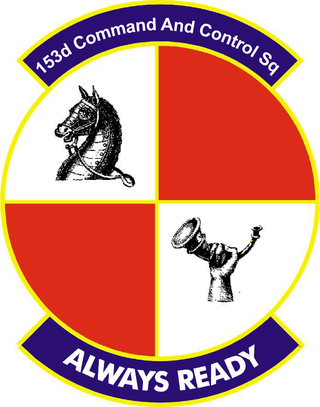
The United States Air Force's 153d Command and Control Squadron is a command and control unit located at F. E. Warren AFB, Wyoming.
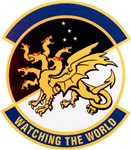
The United States Air Force's 3d Command and Control Squadron was a command and control unit located at Offutt AFB, Nebraska.
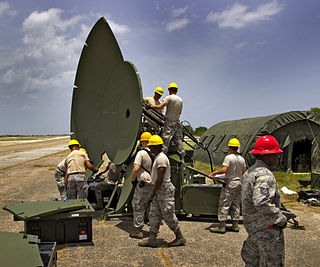
The United States Air Force's 236th Combat Communications Squadron is an Air National Guard combat communications unit located at Hammond, Louisiana. It is part of the Louisiana Air National Guard. In late 2011, approximately 30 members of the squadron deployed to Afghanistan.
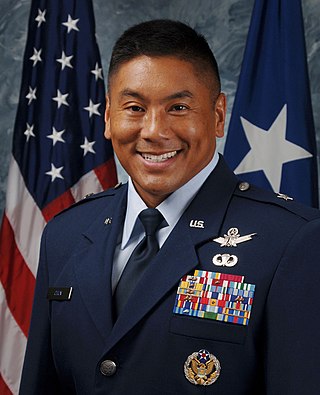
Brigadier General Cary C. Chun is a retired senior officer of the United States Air Force. He served as the Deputy Commander, Operations and Interagency Integration, Joint Functional Component Command for Space, United States Strategic Command (USSTRATCOM), and the Director for Mission Operations, National Reconnaissance Office. In this role, he led all Department of Defense space forces aligned with USSTRATCOM and provided tailored, responsive, local and global effects in support of national, USSTRATCOM and combatant commander objectives. As Director for Mission Operations, he led operations for all NRO overhead reconnaissance systems, ground stations, operational communications, and the operations center used to conduct intelligence activities essential for the national security of the United States and its allies.

Susan K. Mashiko is a retired United States Air Force major general who served as the Deputy Director, National Reconnaissance Office, Chantilly, Virginia. Her responsibilities include assisting the director and principal deputy director in managing the strategic and tactical operations of the NRO. Also, as the commander, Air Force Space Command Element, she manages all air force personnel and resources assigned to the NRO and serves as the senior adviser to the DNRO on all military matters. Mashiko is the first Japanese American woman to be promoted to flag rank.
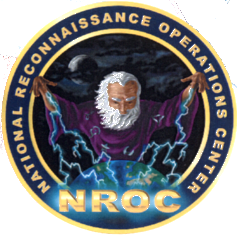
The United States' National Reconnaissance Operations Center (NROC) is the focal point for the National Reconnaissance Office's current operations and for time-sensitive space-borne intelligence reporting for the United States Intelligence Community (USIC). The NROC was created in response to the September 11th terrorist attacks.

The 195th Wing is a unit of the California Air National Guard, stationed at Beale Air Force Base, California. If mobilized, the wing would be assigned to Air Force Space Command. It comprises seven subordinate units at five locations throughout the state. The 195th controls all non-flying, non-kinetic operations for the California Air National Guard. The wing was activated as the headquarters for California Air National Guard space, cyber, and intelligence, surveillance & reconnaissance units.

The Air National Guard's 280th Special Operations Communications Squadron is a communications unit located at Hall Air Guard Station, Dothan Regional Airport, Alabama. The 280th SOCS provides tactical communication services to state, military and federal agencies utilizing state of the art information systems. The 280th SOCS provides over 44% of Air Force Special Operations Command's deployed communications capabilities.
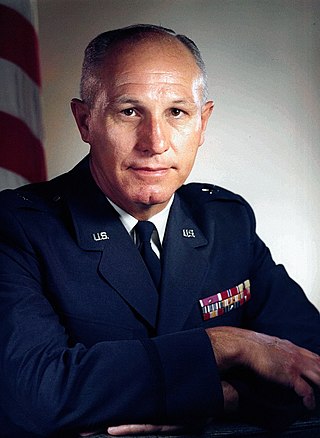
William Gregg King Jr. was a brigadier general in the United States Air Force (USAF). After service with the United States Army in World War II, he joined the USAF in 1947. He helped establish the Eastern Test Range at Cape Canaveral, Florida, was project officer for the SM-62 Snark cruise missile, helped initiate the WS-117L military satellite program, worked on the SAMOS reconnaissance satellite, commanded the Air Force Satellite Control Facility, and was director of the National Reconnaissance Office (NRO) Project A.

John Landrum Martin Jr. was a major general in the United States Air Force. He enlisted in the United States Army Air Corps in 1940 and flew combat missions in Boeing B-29 Superfortress bombers in the China-Burma-India Theater.

Donna D. Shipton is a United States Air Force lieutenant general who serves as commander of the Air Force Life Cycle Management Center. The center is responsible for total life cycle management for aircraft, engines, munitions, electronic, computer, network, cyber and agile combat support systems. The center employs more than 28,000 people and has a budget of over $300 billion. Previously she served as military deputy to the Assistant Secretary of the Air Force for Acquisition, Technology and Logistics.

Christopher Stephen Povak is a United States Space Force major general who serves as the deputy director of the National Reconnaissance Office and commander of the Space Force Element to the National Reconnaissance Office. He previously served as the deputy director of the Space Warfighting Analysis Center.

Space Base Delta 2 is a unit in the United States Space Force. It is assigned to Space Operations Command and headquartered at Buckley Space Force Base in Aurora, Colorado, United States.

